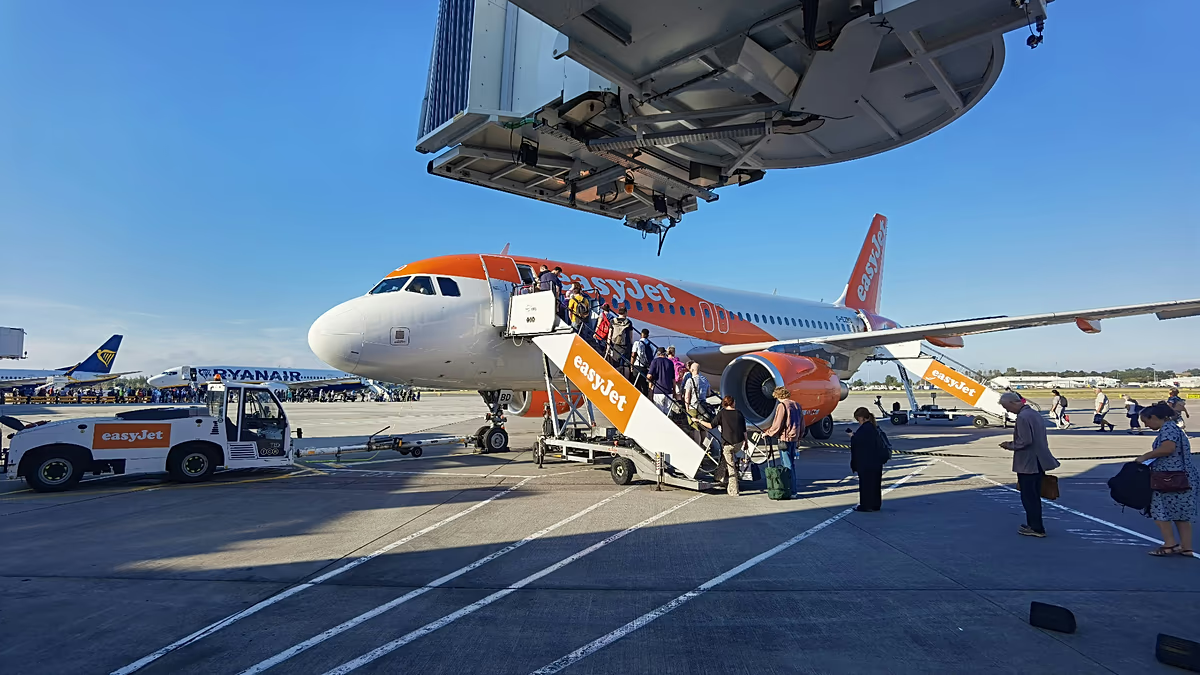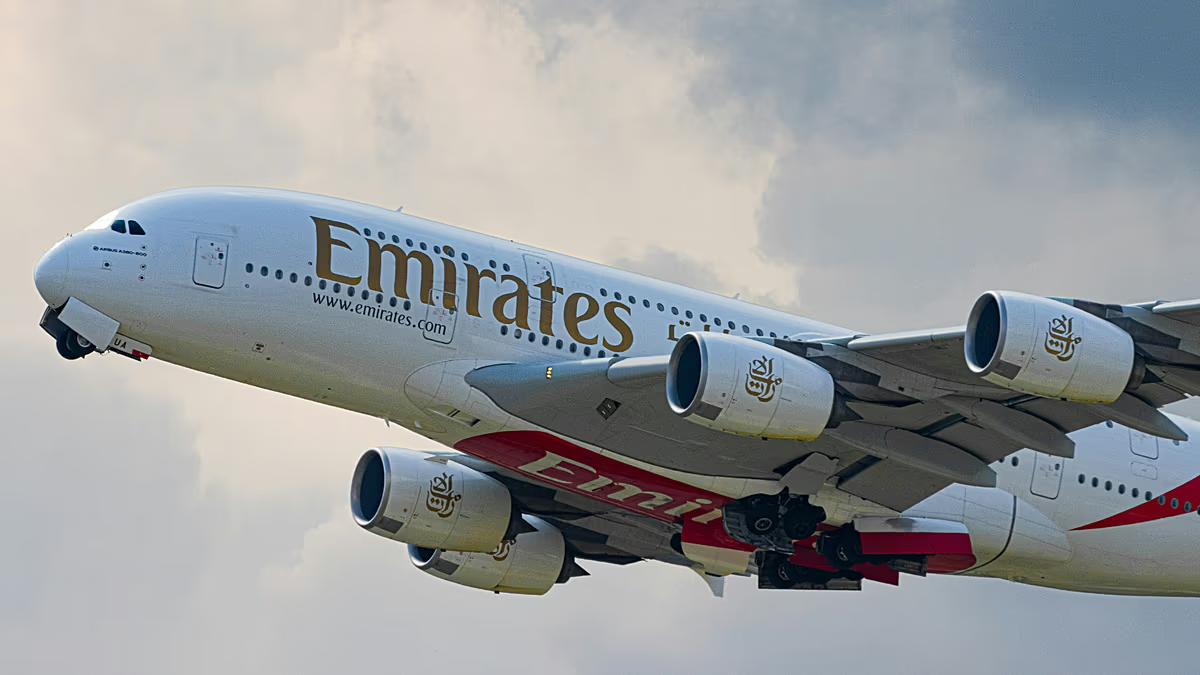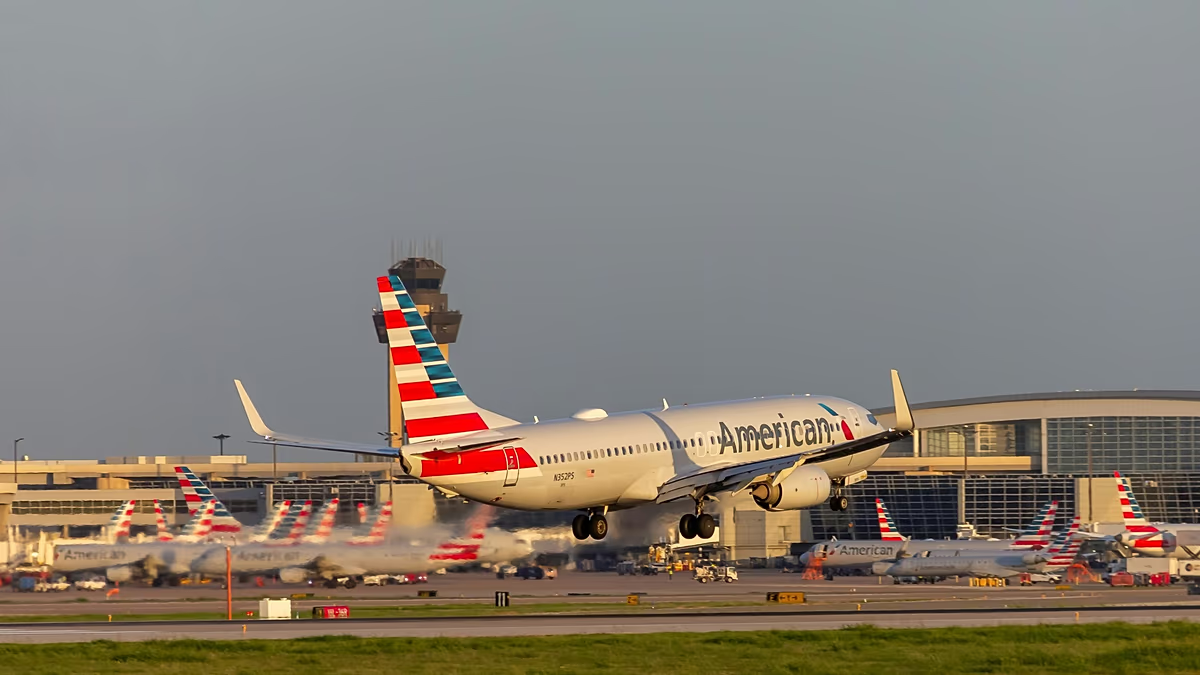30 Years of easyJet: The Orange Revolution in European Skies
Three decades ago, on November 10, 1995, an unassuming orange and white aircraft took off from Luton Airport in the UK, marking the birth of what would become one of Europe’s most recognizable airlines. Founded by Greek Cypriot entrepreneur Sir Stelios Haji-Ioannou, easyJet began with a simple yet revolutionary vision: to make air travel accessible and affordable for everyone. Stelios had identified a golden opportunity in Europe’s deregulating aviation market, which was beginning to allow airlines greater freedom in route selection and pricing. The choice of Luton as a base—a little-used regional airport located about 55 kilometers from London—was strategic, cutting operational costs from the very beginning. The inaugural flight departed for Glasgow, Scotland, with a fare of just £29 (€33) one-way, advertised under the catchy slogan “fly to Scotland for the price of a pair of jeans.” This was revolutionary pricing at a time when rival airlines like British Airways were charging over €100 for similar routes. Within its first year, easyJet had expanded beyond UK shores, launching its first international route from Luton to Amsterdam, quickly followed by services to Nice and Barcelona, setting the stage for a European travel revolution.
The airline’s meteoric rise continued through the late 1990s, with easyJet establishing a second base in Liverpool by 1997 and expanding its network of international routes. A pivotal moment in the company’s early development came in 1999 when ITV’s documentary series “Airline” invited viewers into the day-to-day operations of the fledgling carrier. As Sir Stelios himself reflected, “Letting the cameras into a small airline—it was a free audience. That put easyJet into every home in Britain.” This exposure, combined with clever, low-budget marketing campaigns, helped cement easyJet’s position in the public consciousness. The company’s distinctive bright orange branding became synonymous with affordable travel, and its business model—selling tickets directly to customers, initially by telephone and later online—eliminated traditional travel agency commissions. Perhaps most importantly, easyJet’s approach democratized air travel, transforming what had previously been considered a luxury into an accessible option for millions of Europeans who had never before had the opportunity to fly.
Fast-forward to 2025, and the transformation of that single-aircraft operation into one of Europe’s aviation giants is nothing short of remarkable. Today’s easyJet operates a fleet of 356 aircraft across more than 1,200 routes, employing 19,000 staff and serving millions of passengers annually. Recent milestones include celebrating 80 million passengers through Bristol Airport in August and reaching 50 million passengers at Manchester Airport in October. To commemorate the 30th anniversary of its first flight, easyJet operated a special service on the original Luton to Glasgow route, crewed entirely by staff who were turning 30 in the same month—a fitting tribute connecting the airline’s past to its present. According to a recent company report, connectivity between the UK and Europe has increased by 61 percent since 1995, with 987 more unique airline routes now available. EasyJet itself is responsible for creating 170 of these new direct routes and currently operates nearly one-fifth of all routes connecting the UK with continental Europe.
Perhaps most impressive is that despite three decades of inflation, easyJet’s starting fares have actually decreased in real terms. While the airline’s initial £29 fare from 1995 has nominally dropped to £26 (€29) today, when adjusted for inflation, this represents a remarkable 55 percent reduction in price. As Kenton Jarvis, easyJet’s chief executive, noted: “EasyJet has made it possible for millions of people to travel easily and affordably, opening up new opportunities that once felt out of reach. The benefits of this are clear, not just in the economic impact this has had for the UK, but also in the lasting impact that the democratization of travel has had for society, which we have been incredibly proud to contribute to over the last 30 years.” Initially, some travelers were concerned that such low fares might come at the expense of safety standards, but easyJet has consistently dispelled these worries with its stellar safety record. Earlier this year, the airline review site AirlineRatings ranked easyJet fourth in its global safety rankings, making it the second-safest European low-cost carrier after Ryanair. Like its Irish competitor, easyJet has maintained an unblemished record with no fatal accidents throughout its 30 years of operation.
Despite these achievements, easyJet’s growth story has not been without controversy, particularly regarding its environmental impact. The exponential expansion of the aviation industry as a whole has resulted in substantial increases in carbon emissions, and easyJet has been identified as one of Europe’s most polluting airlines. According to the campaign group Transport & Environment, the carrier ranked fifth among Europe’s biggest aviation polluters last year, with emissions increasing by 6 percent compared to the previous year. Recognizing this challenge, easyJet launched a net-zero roadmap in 2022, acknowledging that its “operations are negatively contributing to climate change” and outlining a path toward carbon neutrality by 2050. The airline stated: “That’s our journey to 2050, when overall we envision our flights won’t contribute any additional carbon to the atmosphere by minimizing the footprint of every customer we fly through carbon reduction and addressing any remaining emissions through carbon removal.”
However, environmental experts and watchdog groups have criticized the airline’s approach. In 2024, the consumer group Adfree Cities filed a complaint with the UK’s Advertising Standards Authority, alleging that easyJet’s roadmap was “misleading” because it focuses on reducing carbon intensity (emissions per passenger) rather than absolute emissions. Critics point out that since the airline has no plans to reduce passenger numbers—and indeed continues to expand—its total carbon footprint is likely to increase despite improvements in efficiency. This tension between growth and sustainability represents perhaps the greatest challenge facing easyJet as it enters its fourth decade. As the company continues to democratize air travel, bringing the freedom of flight to more people than ever before, it must also reckon with the environmental consequences of its success. The next chapter in easyJet’s story will likely be defined by how it navigates this delicate balance—continuing to provide affordable travel while addressing the urgent need to reduce aviation’s climate impact in real, measurable terms.













